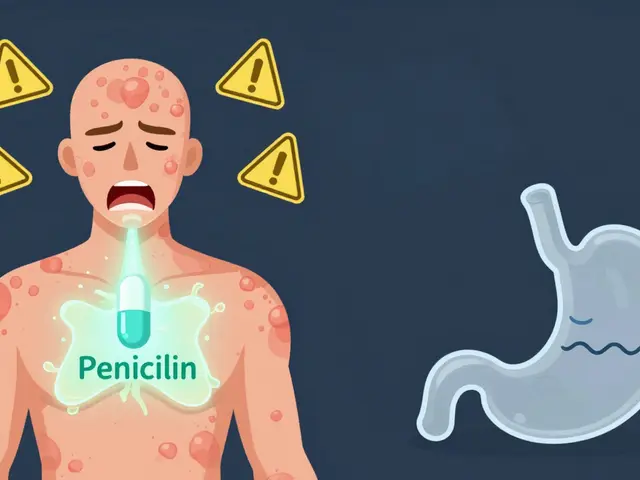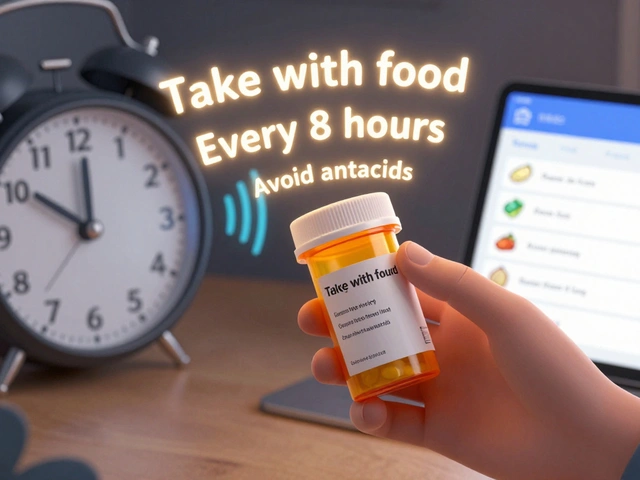Ofloxacin: What It Is, How It Works, and What You Need to Know
When you’re prescribed Ofloxacin, a broad-spectrum fluoroquinolone antibiotic used to treat bacterial infections like urinary tract infections, respiratory infections, and skin infections. Also known as Floxin, it works by stopping bacteria from reproducing, making it effective against many stubborn infections. But it’s not just another antibiotic. Ofloxacin belongs to a class called fluoroquinolones — a group that includes ciprofloxacin and levofloxacin — and these drugs carry unique risks you can’t ignore.
One big concern is how fluoroquinolones, a class of synthetic antibiotics known for their strong action against bacteria but also for serious side effects interact with other medications. Combining Ofloxacin with NSAIDs like ibuprofen or naproxen can spike your risk of seizures or kidney damage. That’s not a minor warning — it’s a red flag. The FDA has issued multiple alerts about this combo. And if you’re taking blood thinners, antidiabetics, or even antacids, Ofloxacin can change how they work in your body. You need to know what’s in your medicine cabinet before you start this drug.
Another thing people don’t talk about enough: tendon damage. Ofloxacin can cause tendons to tear — even in people who’ve never been athletes. The risk goes up if you’re over 60, on steroids, or have kidney problems. It can happen within days or weeks. That’s why doctors now avoid Ofloxacin for simple infections unless nothing else works. It’s a powerful tool, but it’s not for every cough or sore throat.
Ofloxacin also affects your gut, your nerves, and even your mood. Some users report dizziness, trouble sleeping, or strange tingling in their hands and feet. These aren’t rare — they’re documented side effects. And if you’ve ever had a reaction to another fluoroquinolone, you’re not likely to tolerate Ofloxacin either. It’s not about being allergic — it’s about how your body responds to the whole class.
What you’ll find in the posts below isn’t just a list of articles. It’s a practical guide to understanding how Ofloxacin fits into real-world health decisions. You’ll see how it compares to other antibiotics, what drug combinations to avoid, and why some doctors now choose safer alternatives. You’ll also find real stories about side effects, how to spot warning signs, and what to do if you’ve already taken it with another medication. This isn’t theory — it’s what people actually experience, and what you need to know before you take the next pill.

Floxin (Ofloxacin) vs Other Antibiotics: Pros, Cons & Best Alternatives
A practical guide comparing Floxin (Ofloxacin) with common antibiotics, covering uses, side effects, resistance, cost, and how to choose the right option.
read more




